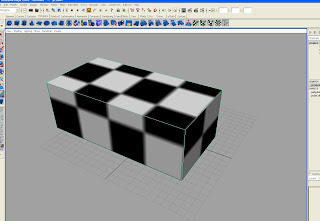
There is this thing about the rains. The lack of a productive atmosphere can make you probe deep into your thoughts and search for memories which are either hidden by effort or simply cast away, branded as unworthy or unimportant.
People – the ones that make our memories are so accessible these days. Keeping in touch is no more a pain, seeing someone far..far away is a piece of cake and knowing “What’s on your mind?” is usually just a few clicks away..
And yet, we long for that one offline meeting, that one long drive with pals, that long jamming night with only the chilly air and a thousand beautiful notes to fill the void of the darkness, the smile on your friend’s face when you gather for his surprise party which hardly ever is a surprise, the smell of the grass in the college garden when you walk towards your classes, the long talks which hardly mean much, a stop on a bridge overlooking a river which is probably the most beautiful in this world – made beautiful by the company of people you are with.
It is good to find such rainy day moments when you can savor what you had, and what you did – for we might just get pointers on building the way we’d like this day to be remembered, and probably be successful in making a few good memories of us friends. Again!





